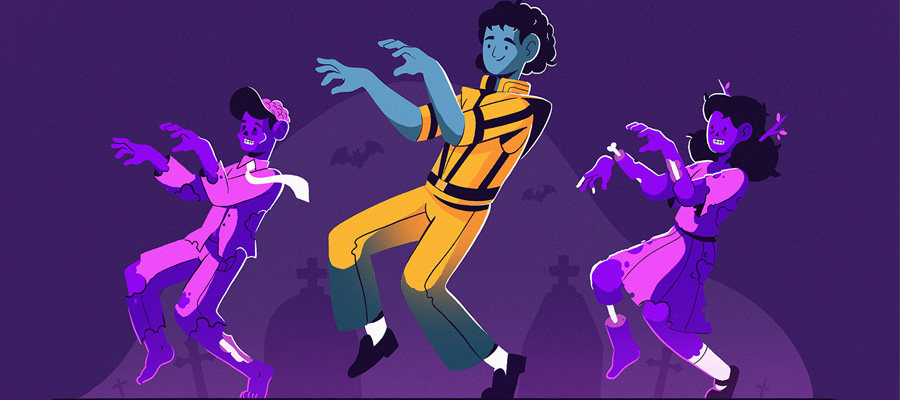Video aspect ratios can seem a bit confusing when you first encounter them. Not only can they appear to be random numbers, but the fact of the matter is that they are often expressed in different forms.
Basics of Aspect Ratios
At their core aspect ratios aren’t really that confusing however, and are basically just the ratio of the width to the height of an image, screen, or video. However the same aspect ratio can be expressed in different ways.
For example an aspect ratio that is 16 width to 9 height can be expressed as 16:9, 16x9, 1.78:1, or just 1.78. All of the numbers mean the same thing, and they are just being written in a different form.

Golden Ratio in UI Design by tubik
Rather than getting stuck in the technical details or history of aspect ratios however, it is best to simply understand some of the more popular aspect ratios for videos that are in use today.
Common Video Aspect Ratios
Over the years there have been many different aspect ratios that are used for videos, for a variety of different reasons. As things stand however there are a few that you need to know about:
16:9 (High Definition Widescreen)
Arguably the most popular aspect ratio right now is the 16:9 aspect ratio. It is the aspect ratio that is used by HD videos, HD computer monitors, and HD televisions. It is also used by Ultra High Definition (UHD) videos and TVs, which are colloquially known as 4K.
Generally speaking this is a ‘safe’ aspect ratio to use for most widescreen videos.
1:1 (Square)
The square aspect ratio is popular mostly due to the fact that it has been widely adopted on social media. Although initially limited to Instagram, it has gained popularity on other platforms due to the fact that it is seen as a compromise that can be viewed easily on both desktop and mobile devices.
9:16 (Vertical Video)
The rising popularity of mobile devices is responsible for popularizing another aspect ratio: 9:16. It is basically the vertical version of 16:9, and is more natural for mobile phones as the users don’t need to rotate the phone to landscape mode to take advantage of their screen size.
Many mobile-targeted social media platforms and apps have started to use this aspect ratio.
21:9 (Ultra-widescreen)
Most theatrical releases of movies use the 21:9 ultra-widescreen aspect ratio, and have for many years. More recently however some 21:9 TVs and high-end computer gaming monitors have been released, but they aren’t very popular.
In general you would only want to use this aspect ratio to mimic the style of cinema videos, but on most displays it would be letterboxed when viewed.
4:3 (Broadcast TV)
At one time 4:3 was the most popular aspect ratio and was used by practically all analogue televisions. Its popularity has waned and it is no longer widely used due to the almost universal presence of HD displays, but it is still relevant if dealing with old TVs.
It should be noted that if you want to switch from one aspect ratio to another, simply resizing your video will make it look stretched, letterboxed or pillar-boxed. Instead you may want to try using a video cropping tool, for example the crop video web app.
Conclusion
That should cover the most common aspect ratios, and when you may need to use them. In some cases you may encounter other aspect ratios of videos, but they are generally few and far between – as are the monitors or displays that are used to watch them.




















